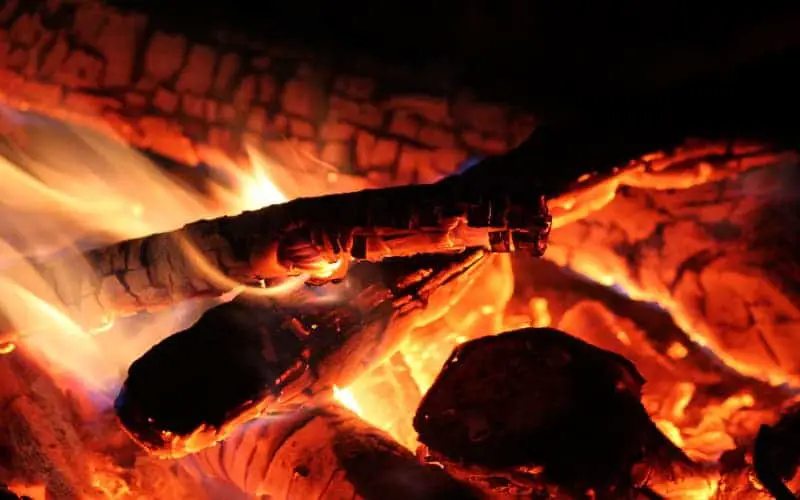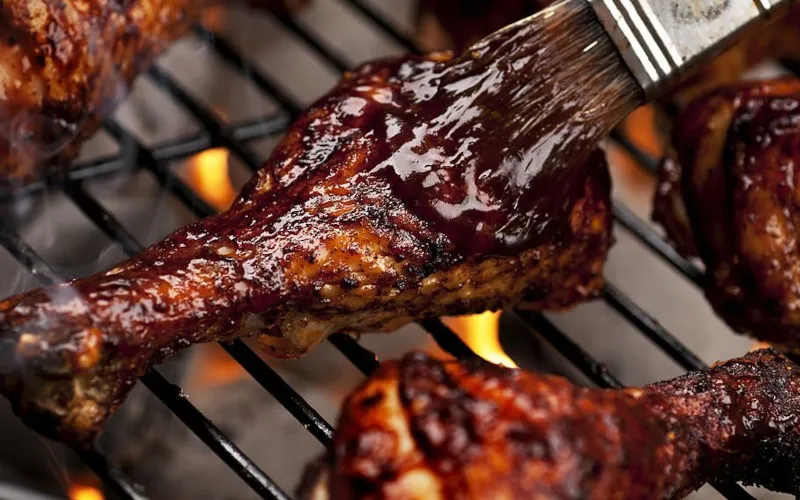Sometimes, people can overcook brisket. This usually happens when they cook it for too long at a high temperature. This can make the meat tough and dry. To avoid this, it’s important to monitor the brisket while it’s cooking.
You can also use a meat thermometer to check the internal temperature of the brisket. When it reaches the desired temperature, you can stop cooking it.
Brisket is a tough cut of meat, so it needs to be cooked slowly to become tender. The best way to cook brisket is to braise it. Braising is a slow method that involves cooking the meat in a liquid, such as water, stock, or beer. This helps to break down the tough collagen in the meat and makes it more tender.
When cooking brisket, it’s important to cook until it’s fork-tender. The meat should be so tender that it can be easily pierced with a fork. Once the brisket reaches this point, it’s done.
Undercooked vs Overcooked Brisket
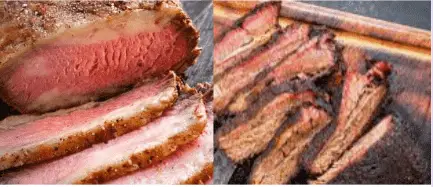
When it comes to brisket, there is a fine line between undercooked and overcooked. The following are the major differences when comparing the two:
1. Tough and Tenderness
Toughness is the main difference you’ll notice between undercooked and overcooked brisket. The undercooked brisket is tough and chewy, while the overcooked brisket is tender and juicy.
2. Flavor
Undercooked brisket will have a more complex flavor, while overcooked brisket will have a more one-dimensional flavor.
3. Moisture
The undercooked brisket will be moister, while the overcooked brisket will be dry. This is because the undercooked brisket will still have some connective tissue that hasn’t been broken down, while the overcooked brisket will have all its connective tissue broken down.
Related: Best Wood for Smoking Brisket
4. Temperature
Undercooked brisket will be less cooked through and will have a lower internal temperature, while overcooked brisket will be more cooked through and will have a higher internal temperature.
5. Time to Cook
Undercooked brisket will take less time to cook, while overcooked brisket will take more time to cook.
6. Color
Color can be used as an indicator of doneness for brisket. The undercooked brisket will be pink in the center, while the overcooked brisket will be brown or gray.
7. Texture
Undercooked brisket will have a more firm texture which can be attributed to the higher moisture content, while overcooked brisket will have a mushier texture. This means that undercooked brisket is less likely to fall apart.
8. Safety
Undercooked brisket may not be safe to eat because it can harbor bacteria, while the overcooked brisket is safe to eat.
Signs Of Overcooked Brisket
Different signs will tell you if brisket is overcooked. The following are the signs that you can use to tell and differentiate the overcooked brisket:
1. Very Dry
The first sign of an overcooked brisket is that it will dry. This is because all the moisture has been cooked out of the meat, leaving it dry and tough.
2. Dark in color
When brisket is overcooked, it will also be darker in color. This is because the meat has been exposed to high temperatures for too long, causing it to darken in color.
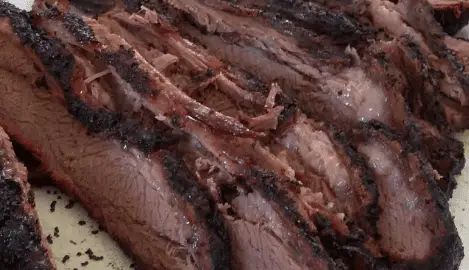
3. Toughness and Dry
Overcooked brisket will also be very tough. This is because the meat fibers have been cooked too long, making them tough and difficult to chew.
4. Burnt flavor
A burnt flavor is another sign of an overcooked brisket. The meat has been exposed to high temperatures for too long, causing it to burn and develop a bitter flavor.
5. Shrunken in size
When you overcook a brisket, it will also shrink in size. The meat fibers have been contracted for too long, causing them to shrink and lose volume.
Is Tough Brisket Undercooked?
If your brisket is tough, it’s likely because it wasn’t cooked long enough. Brisket must be cooked slowly over low heat to tenderize the tough meat. If your brisket turns out tough, try cooking it for longer next time.
You can also try using a meat tenderizer to make the meat easier to chew. If your brisket is still tough after cooking, it might be best to slice it thinly and serve it with a sauce or gravy to help moisten the meat.
Can Undercooked Brisket Make You Sick?
Undercooked brisket can make you sick if it is not cooked properly. The brisket must be slowly cooked over low heat to be tender and juicy. If it is not cooked properly, the meat can be tough and dry.
Additionally, undercooked brisket can contain harmful bacteria that can cause food poisoning. To avoid these risks, it is important to cook the brisket until it reaches the internal temp of at least 145 degrees Fahrenheit.
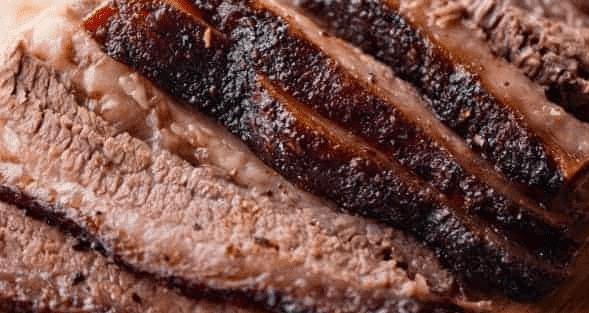
How To Fix Overcooked Brisket?
There is a procedure known as the Texas Crutch that can help you to speed up the process of cooking your brisket. This involves wrapping the brisket in foil or butcher paper after cooking for a few hours. This will help to hold in the moisture and keep the brisket from drying out.
When you are ready to serve your brisket, slice it against the grain. This will ensure that each slice is tender and juicy.
How To Fix Undercooked Brisket?
If your brisket is undercooked, there are a few things you can do to try and salvage it. The best methods include;
- Slice the brisket thinly and cook it on high heat until it is cooked.
- Cube the brisket and braise it in liquid until it is cooked through.
- Shred the brisket and cook it in a slow cooker until it is cooked through.
- If all else fails, you can always grind the brisket and make burgers or meatballs!
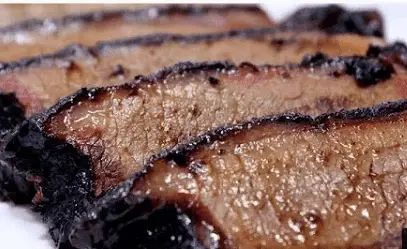
Can You Overcook Brisket in A Smoker?
You can overcook brisket in a smoker, but it’s not recommended. If you overcook it, the meat will be very tough and dry. It’s best to cook the brisket until it’s tender and juicy.
Follow these steps:
- Preheat your smoker to 250 degrees Fahrenheit.
- Place the brisket in the smoker and cook for about 60-90 minutes per pound, or until the internal temp reaches 145 degrees Fahrenheit.
- Remove the brisket from the smoker and wrap it tightly in foil.
- Place the wrapped brisket back in the smoker and cook for an additional 60-90 minutes, or until the internal temperature reaches 200 degrees Fahrenheit.
- Remove the brisket from the smoker and let it rest for at least 30 minutes before slicing and serving.
Can You Overcook Smoked Meat?
It is technically possible to overcook smoked meat, but it is extremely unlikely. The smoking process adds a lot of flavor to the meat, so it is generally quite forgiving. Even if you overcook it, the meat will still be very juicy and flavorful.
However, if you are planning to serve the meat to a large group of people, it is best to err on the side of caution and cook it for less time. This way, you can avoid any potential problems with dryness or tough texture.
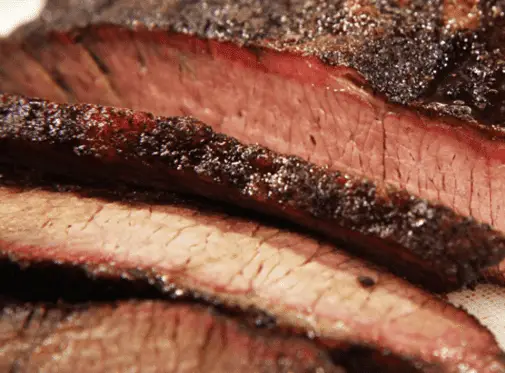
Can You Overcook Slow-Cooked Brisket?
Yes, you can overcook brisket in a slow cooker. If you cook it for too long, the meat will become tough and dry. However, if you are careful not to overcook it, the brisket will be juicy and flavorful. To avoid overcooking, be sure to follow the recipe instructions carefully.
You should cook the brisket for the recommended time or until it is cooked through but still juicy. If you are unsure, use a meat thermometer to check the internal temperature of the meat. The brisket is done when it reaches an internal temp of 145 degrees Fahrenheit.
When brisket is cooked, allow it to rest for 10 minutes before slicing and serving. This will help the meat retain its juices.
Can You Overcook Meat in Smoker?
Yes, it is possible to overcook meat in a smoker.
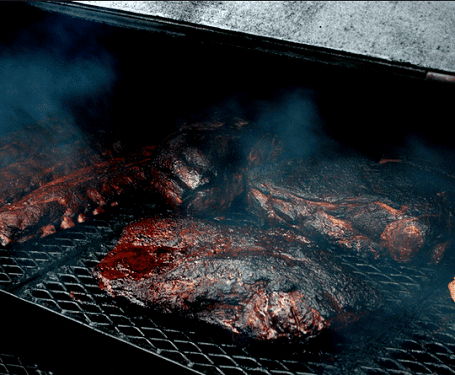
However, there are a few things you can do to prevent this from happening:
- Make sure you are using the correct temperature when smoking meat. The temperature should be between 225-250 degrees Fahrenheit. If the temperature is too high, the meat will cook too quickly on the outside while the inside remains raw.
- You need to monitor the cooking time closely. Even a few minutes can make a difference in the final product. Overcooking will result in dry, tough meat.
- Pay attention to the internal temperature of the meat. Use a meat thermometer to check the internal temperature of the meat periodically. You want the internal temperature to reach at least 160 degrees Fahrenheit.
- Allow the meat to rest after cooking. This will allow the juices to redistribute throughout the meat, making it more moist and tender.
- Avoid cutting into the meat too early. Cut into the meat only when it is fully cooked through. Otherwise, all of the juices will run out and the meat will be dry.
Why Is My Brisket Tough and Chewy?
Your brisket may be tough and chewy for several reasons. The most common reason is that the meat was not cooked properly. If you cook your brisket too quickly, it will not have time to tenderize and break down, resulting in a tough and chewy final product.
Another common reason for tough and chewy brisket is that the meat was overcooked. This can happen if you leave your brisket in the oven for too long or cook it at too high of a temperature. Finally, your brisket may be tough and chewy if it is not properly trimmed.
If there is too much fat on the brisket, it will not render properly and will make the meat tough and chewy.

What To Do with Leftover Dry Brisket?
When having a party or a dinner, oftentimes, there is dry brisket left over. Here are some ideas of what to do with the leftovers:
- Sliced dry brisket can be used as sandwich meat. You can either put it between two slices of bread or wrap it in a tortilla
- Dry brisket can also be diced up and used as a topping on salads
- If you have dried out brisket, you can shred it and use it in chili or tacos
- Another option is to cut the dry brisket into small cubes and use it as a meat filler in pasta dishes or casseroles.
Frequently Asked Questions
Can You Overcook Brisket?
While it is certainly possible to overcook brisket, it is not as easy to do as with other meats. The key is to cook it slowly and at a low temperature, which allows the tough connective tissue to break down without drying out the meat.
If you are worried about overcooking, err on the side of caution and pull the brisket when it is still a little pink in the middle. It will continue to cook as it rests.
What is the Best Way to Cook a Brisket?
The best way to cook brisket is slowly and at a low temperature. This allows the tough connective tissue to break down without drying the meat. For best results, cook the brisket in a smoker or oven set to 200-225 degrees Fahrenheit.
How Long Does it Take to Cook a Brisket?
The cooking time for brisket will depend on the size and thickness of the meat. A general rule is to cook it for 1-1/2 hours per pound. However, the best way to gauge doneness is to use a thermometer. Insert it into the thickest part of the meat and look for the internal temperature of 190-195 degrees Fahrenheit.
What is the Best Way to Slice Brisket?
The best way to slice brisket is against the grain. This means that you will need to look at the meat and identify the direction of the muscle fibers. Once you have found the grain, slice the meat perpendicular to it. This will result in slices that are tender and easy to chew.
Related: Sliced vs Chopped Brisket
How Do You Know When the Brisket is Done?
The best way to know when the brisket is done is to use a thermometer. Insert it into the thickest part of the meat and look for the internal temperature of 190-195 degrees Fahrenheit.
Is it Better to Cook Brisket in the Oven or Smoker?
Both methods will work, but cooking in a smoker will result in a more traditional flavor. If you are short on time, cooking in the oven will be faster. However, it is worth noting that brisket cooked in the oven will not have the same smoky flavor as brisket cooked in a smoker.
What is the Difference Between the First Cut and the Second Cut Brisket?
First-cut brisket is the section of the meat that includes the point. This section is often considered the best because it is the most marbled with fat. Second-cut brisket is the section of the meat that includes the flat. This section is leaner than the first cut, but it is still flavorful.
How Do You Store Leftover Brisket?
You can store leftover brisket in the fridge for up to four days or in the freezer for up to six months. Wrap the brisket tightly in foil or plastic wrap to prevent it from drying. When reheating, make sure the brisket is cooked through to avoid overcooking.
Conclusion
Your brisket is overcooked if it is dry, tough, or chewy. While you can technically overcook any type of meat, brisket is especially susceptible to overcooking because of its tough, lean nature. When brisket is cooked properly, it should be tender and juicy.
There are a few things you can do to avoid overcooking your brisket, such as using a meat thermometer and monitoring the internal temperature of the meat, cooking the brisket at a lower temperature, and wrapping the meat in foil to help retain moisture.
If you do find yourself with an overcooked brisket, there are a few ways to salvage it, such as slicing it thinly, shredding it, or adding moisture back into the meat.

